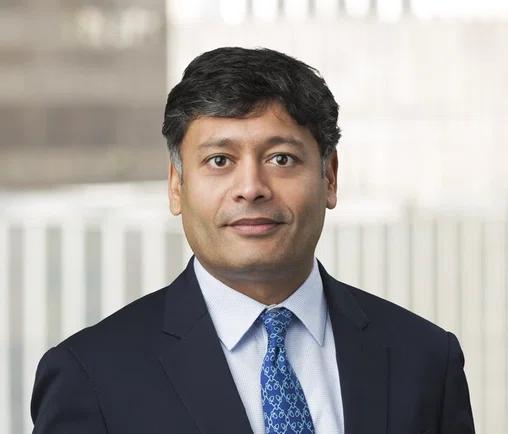

Listen to the latest episode of Credit Exchange with Lisa Lee
Published in London & New York
10 Queen Street Place, London
1345 Avenue of the Americas, New York
Creditflux is an
company
© Creditflux Ltd 2025. All rights reserved. Available by subscription only.
News Investor’s Corner
‘Liabilities have not moved as fast. They are halfway there’
by Lisa Lee
Lisa Lee: What do you think of where the market is right now?
Liabilities have not moved as fast. I think they’re halfway there. This difference is something that really reduces your returns, which is tough, because arbitrage was tight already.
Ujjaval Desai: It’s extremely tight. Our concern is that, as a CLO equity investor, the arbitrage doesn’t look great. Assets have tightened much faster than liabilities and, if you think about the past year, loans have tightened by about 50 basis points in terms of spread. Currently, there is a massive repricing wave in the leveraged loan market that I think will shave off another eighth or so of the spread. So that’s 60bps of spread on the asset side.
The other dynamic is supply and demand. On the loan side, there hasn’t been much issuance of loans. It’s all been repricings. New issue CLOs are still being created because there’s a lot of captive equity that’s been raised by managers that has to be put to work.
Sometimes that leads to a lack of discipline and an imbalance of flows. That’s why we’re seeing this kind of spread tightening.


Our concern is that the arbitrage doesn’t look great
Ujjaval Desai
Head of structured products investing
Sound Point Meridian Capital
LL: When you’re investing right now, what are you looking for?
UD: For us, it comes down to the numbers. We are underwriting these CLOs at, say, a 2% default rate. There’s a certain loss rate that you expect from the team, and you want them to preserve the spread on the portfolio. So we’ve been focused on making sure the managers can stick to the underwriting standards we originally approved.
There’s a lot of analysis of historical performance of managers across different cycles. We try to understand which ones have performed, given where the market is.
Some managers have consistently outperformed. And some have actually surprisingly gone from being tier one to tier two, tier three. We’re seeing a lot of movement in management performance. And it’s really up to us to stay ahead of that.
LL: Do you keep to tier one?
UD: For us, it’s all about performance. It’s all about the quality of the portfolio, what sort of returns we’re getting. It depends on the deal that you get. Do they have the right staffing?
While [a given] portfolio manager has a personal track record, it’s important to have a track record at that institution as well, because it’s not just the PM — it’s the analysts, it’s the institution, the capital support, all that stuff.





